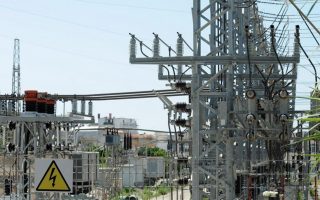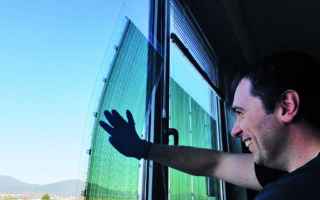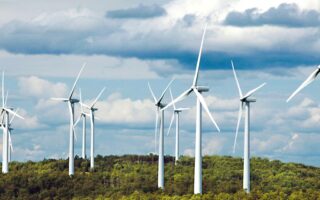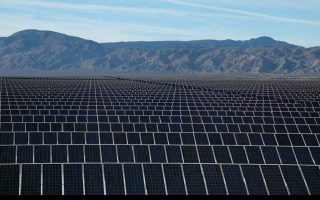The obstacle of grid capacity
Energy communities see RES supply applications rejected for want of space in the network
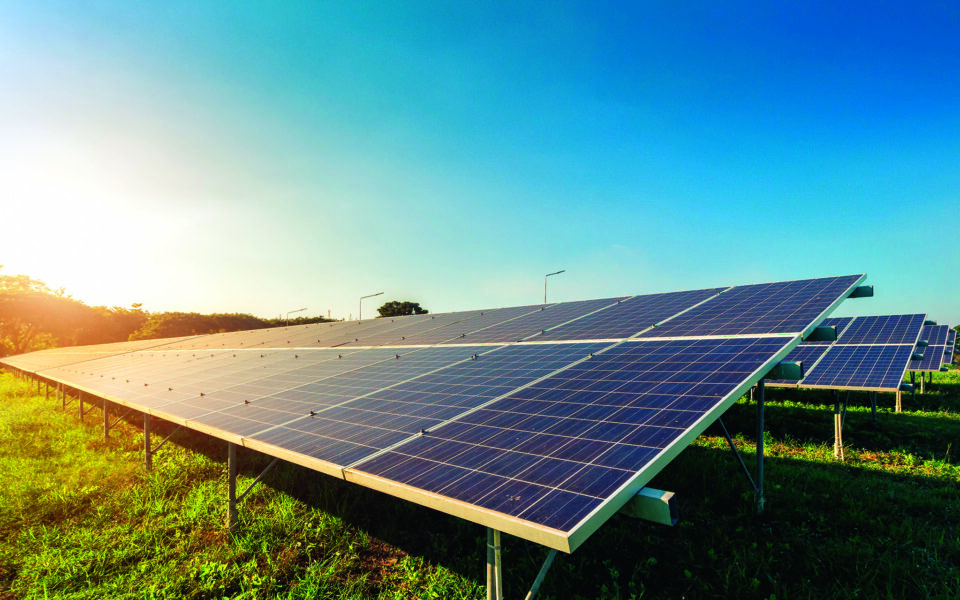
The lack of capacity in Greece’s electricity distribution network hampers the efforts of citizens, businesses and local governments to turn to renewable energy sources, utilizing the institution of energy communities to reduce their energy costs.
While applications for virtual energy netting projects from energy communities more than quintupled in one year (November 2021 – November 2022) and the corresponding requested power increased from 18.9 to 86.9 megawatts (+358%), the lack of electrical space in the network inhibits their development. According to data published by the Green Tank, 49% of applications for such projects have been rejected by the Hellenic Electricity Distribution Network Operator (DEDDIE), so their total installed capacity is limited to just 3.6%. “The lack of available power capacity is the main obstacle to the development of energy communities, limiting the possibilities for citizens to participate in the energy transition,” reports the Green Tank.
In November 2022, the number of energy communities in Greece was on the rise, with 1,406 active energy communities (a 36% increase compared to November 2021) and projects with a total installed capacity of 802.71 MW. A significant share belongs to the lignite regions of Western Macedonia, where 261 energy communities are located and a total of 101 projects with a capacity of 63.03 MW are operating. In contrast, the dynamics of the energy communities in the regional unit of Arcadia is clearly weaker. In total, by November 2022, 21 energy communities had been established in Arcadia and only two of them in Megalopolis, while nine energy community projects with a capacity of 5.29 MW were operating.
Most energy community projects sell the generated energy to the low- and medium-voltage grid. In November 2022, 799.54 MW of installed capacity of such RES projects was recorded in the country, an increase of 71.4% compared to November 2021 (466.5 MW). At the same time, the installed capacity of virtual energy netting RES projects by energy communities, which aim to meet citizens’ electricity needs, is much smaller, at only 3.17 MW.
